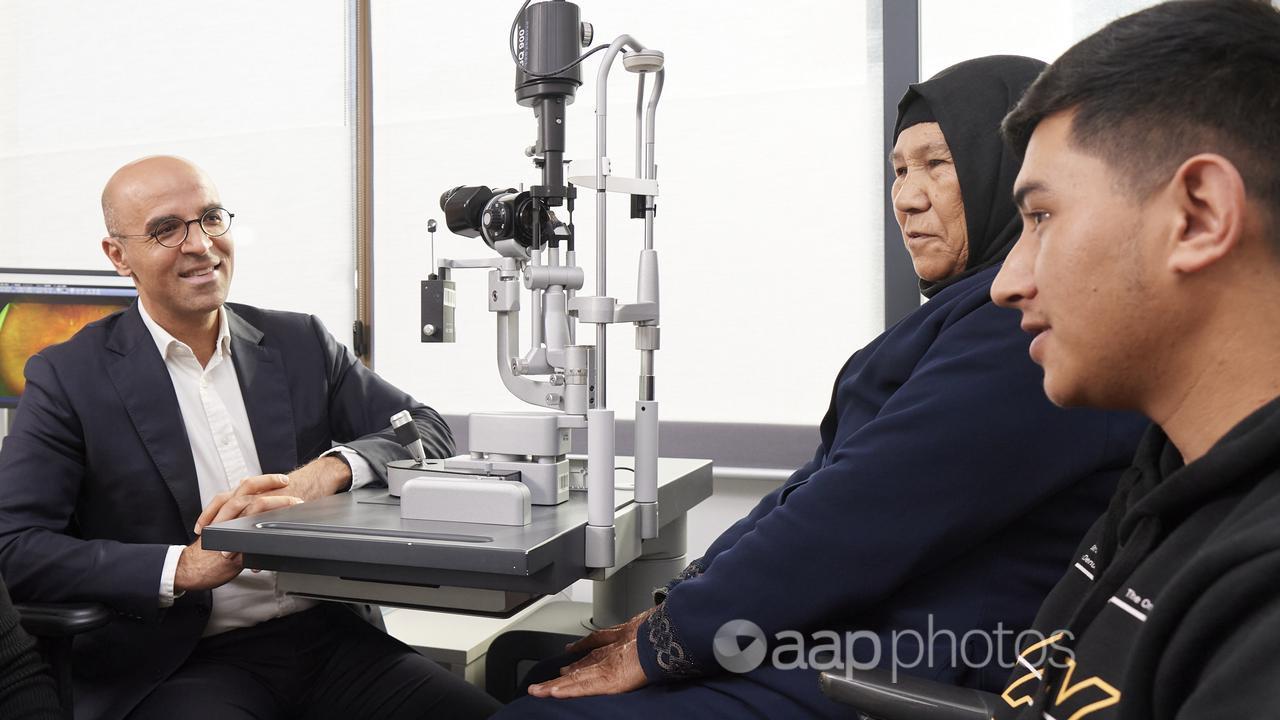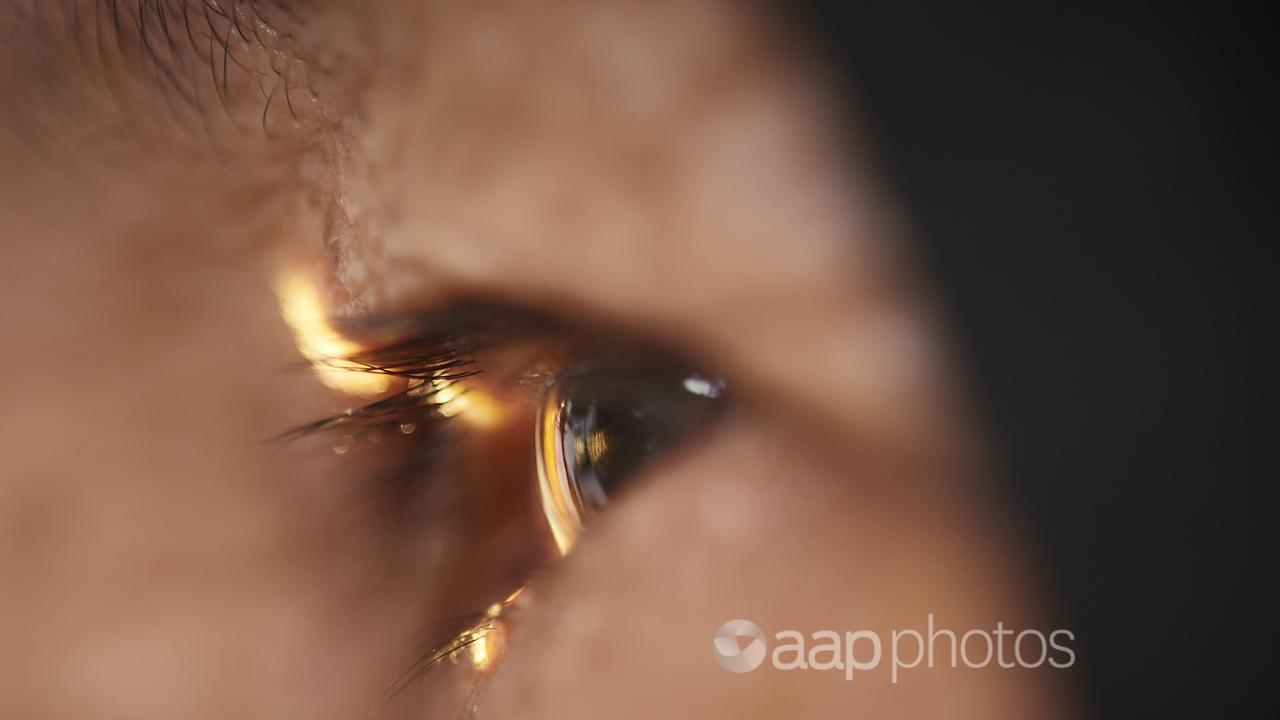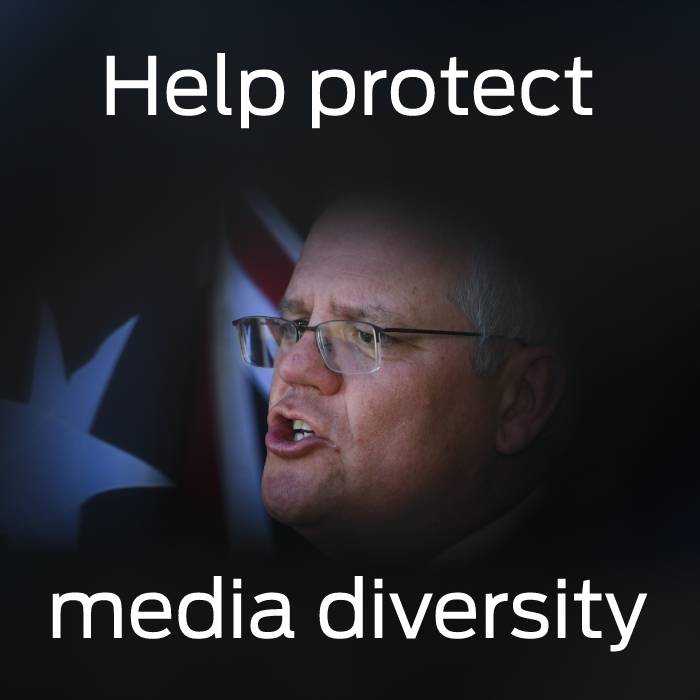Refugees suffer higher rates of sight impairment than the general population, according to a new study, while a pro bono service has been launched to restore their 20/20 vision.
Shirin Hosini, who left Afghanistan due to persecution and sought asylum in Iran and Turkey before being resettled in Australia last year, was going blind because of cataracts.
Under the steady hands of opthamologist Dr Hessom Razavi and the Lions Eye Institute team, she was able to travel from Sydney to Perth for desperately needed surgery, which restored her vision.
Iranian-born Dr Razavi is keenly attuned to the struggles of refugees and how eye health often falls by the wayside as other priorities in a new country take over such as finding a house and a job.

Dr Razavi was forced to escape the hardline regime himself at a young age because his family members were being jailed.
“If you’re trying to get from A to B, going from danger to safety, you’re not going to have a choice but to carry on and address your first priority, which might be surviving in a transit country,” he told AAP.
“Mrs Hosini’s family had only just arrived and they were apprehensive and trepidatious about surgery but when I spoke to her son in Farsi, within minutes you could tell he was relaxed and they were happy to come to WA.”
Dr Razavi is the co-author of a study published this month in the International Journal of Environmental Research and Public health that found newly arrived refugees have high rates of visual impairment.
The paper examined nearly 495 refugee patients who accessed the optometry assessment of the state-funded Refugee Health Service in South Australia.
Of the 124 cases of visual impairment, 78 per cent were treated with corrective lenses and 11 per cent were due to cataracts.

Dr Antonietta Maldari, senior medical officer with SA Refugee Health Service and a co-author with Dr Razavi, said vision issues are not picked up in refugee populations unless thorough health checks are conducted.
“If you’re going to school in Australia and you’re struggling with reading, the teacher will say you have to get your eyes checked, whereas refugee kids sometimes haven’t had the opportunity to have their eyes checked overseas because of their situation,” she noted.
Recognising a dire need among indigenous and refugee communities to access eye care, Dr Razavi has treated hundreds of patients in the past two years, since the InReach service has been up and running at the Lions Eye Institute in Perth.
The service employs a collaborative care model with an ophthalmologist, optometrist and ophthalmology registrar offering free specialist treatment and surgeries provided through foundations and donations to plug gaps in an overstretched public health system.
“The reality is that organising an interpreter, organising transport, organising a case worker, confirming an appointment, sending the appointment notice in their own language, requires more than people expect and extra legwork to get people to the right place at the right time,” Dr Razavi said.




















